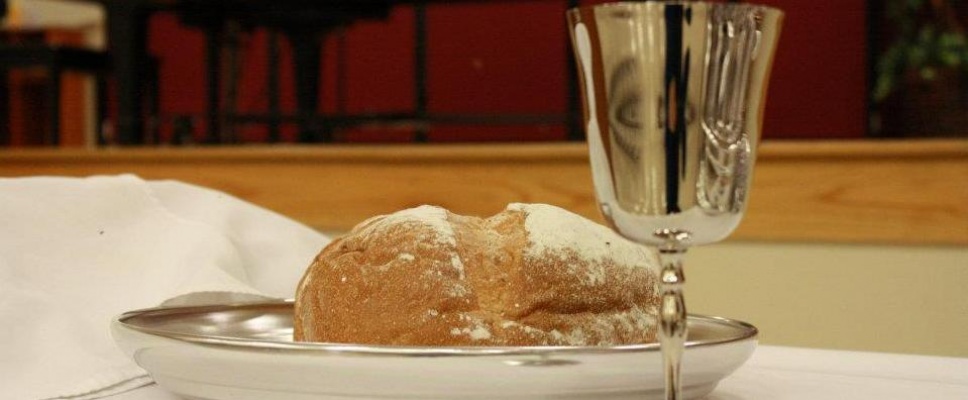How did the formal liturgical ritual of the Lord’s Supper develop in the early years of the church? More importantly, why did it do so, and should it have done so?
It is often noted at, in the very earliest days of the church, though the believers indeed gathered regularly to “break bread” together, this appears to have been a fairly informal occasion enjoyed as part of a larger meal, rather than a ritual associated with a more formal service of worship (see for example Acts 2:42-47, and possibly Luke 22 and 1 Corinthians 11). This has led some to argue against the practice now found in the vast majority of churches, where the Lord’s Supper is detached from the domestic mealtime context and located instead within a service of worship. This, they claim, represents an illegitimate development. If we want to be faithful to our Lord’s original intention, the argument runs, we should get rid of all those “churchy rituals” and instead simply have a meal together, perhaps “breaking bread” in that context.
For what it’s worth, I think it’s a great idea for the whole church to get together for meals. But the above argument doesn’t work, and it’s important to see why.
The problem is that it fails to take account of what the Bible itself says about the development of the Lord’s Supper from a domestic setting to a more formal liturgical context.
Quite apart from the evidence within the book of Acts (e.g. Acts 20:7, “On the first day of the week, when we were gathered together to break bread,” a suspiciously formal-looking context) and in 1 Cor 10:16, it’s important to note that the Lord’s Supper is itself a fulfilment of the Old Covenant Passover. And the way in which the Passover was celebrated in Israel shows exactly the same kind of development from domestic to cultic context.
In particular, “The Passover of Dt. 16 differs in important minor respects from that of Ex. 12 … an essentially domestic ceremony has become a more formal sacrifice at a central sanctuary … This is development, not contradiction.” (New Bible Dictionary, p. 872).
This development was of course accompanied by some fairly obvious changes in the social, geographic and and political situation of the Israelite people, as they moved from being a nomadic community of tent-dwellers in the Wilderness of Sinai to being an established community in the Land of Canaan.
Against this background, it is hardly surprising that celebration of the Lord’s Supper should have undergone an analogous development in the early decades of the Christian church, especially as (at least some) Christian communities became more geographically stable in the second and third centuries. Importantly, this historical development ought not to be seen as an undesirable move from the (alleged) early simplicity of Christian life and worship to an increasingly ossified and ritualised church, but rather as an entirely desirable and appropriate development, mandated and indeed prefigured in the Bible itself.














Wonderful post. What is lost on folks today on both sides of this issue is what is happening in the Eucharist and who is doing the happening. It is a Holy Meal and Our Lord and King Jesus is breaking the bread and giving the cup through his minister.
I think part of the issue surrounds hatred for the Papacy. Any formality at all in some congregations is seen as a unification with Rome.
What say you brother?
The Peace of Our Lord is with you. †